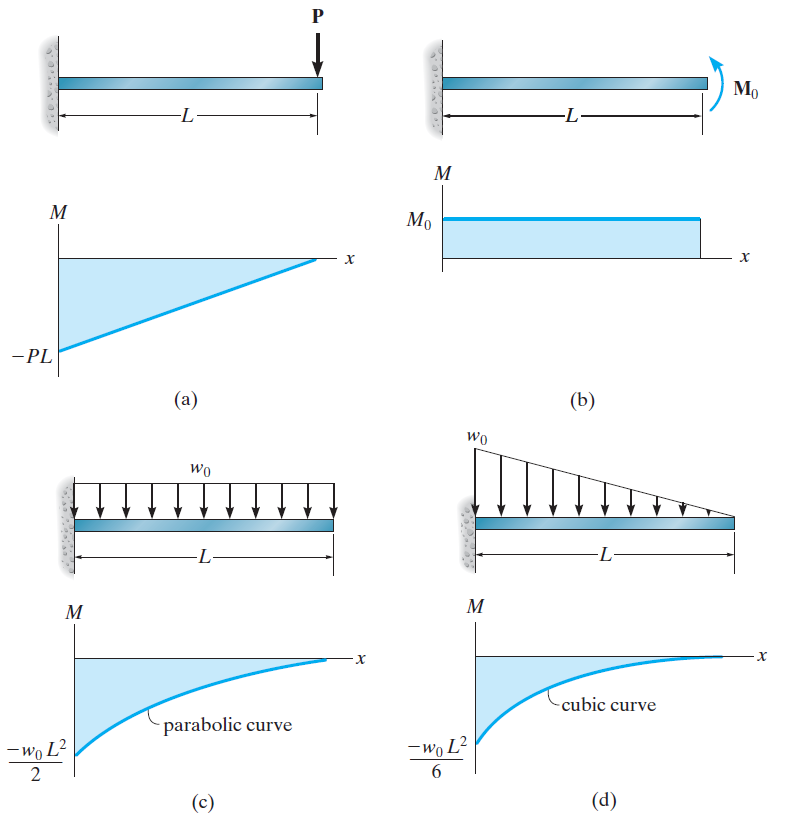
Calculator Web
All-in-One Online Calculators

Calculator Web
All-in-One Online Calculators

Formula: δ = (F * L³) / (48 * E * I)
For a beam length of 5 m, load of 10 kN, Young's Modulus of 210 GPa, and Moment of Inertia of 500 cm4:
Deflection ≈ 0.0025 m
In the field of designing and development, understanding how pillars avoid under load is essential for guaranteeing primary honesty and wellbeing. Our Shaft Redirection Number cruncher gives a direct device to computing the diversion of bars exposed to different loads and conditions, making it fundamental for specialists, modelers, and developers the same.
Bar diversion alludes to how much a primary component, like a shaft, twists or distorts under the activity of outer powers or loads. This diversion can be brought about by different variables, including weight, pressure, pressure, and backing conditions. Estimating and working out bar avoidance is fundamental for guaranteeing that designs stay inside adequate cutoff points and can securely uphold the planned burdens.
Understanding pillar diversion is basic because of multiple factors:
Our Bar Avoidance Number cruncher uses central standards of mechanics to process the diversion of shafts in view of the accompanying data sources:
Using our Bar Avoidance Mini-computer is straightforward and easy to use. This is the way to utilize it:
The Pillar Avoidance Adding machine is significant across different applications, including:
To exhibit how the Bar Diversion Adding machine functions, how about we think about a model:
Beam Length: 4 meters
Load Type: Point heap of 500 N applied at the center
Modulus of Elasticity: 200 GPa (or 200 x 109 Pa)
Moment of Inertia: 8.33 x 10-6 m4
Support Condition: Just upheld beam
Involving the equation for redirection of a basically upheld shaft with a point load applied at the middle:
Deflection (δ) = (F * L3)/(48 * E * I)
Where:
δ = diversion (m)
F = load (N)
L = length of the shaft (m)
E = modulus of flexibility (Pa)
I = snapshot of latency (m4)
Subbing the qualities into the equation:
δ = (500 N * (4 m)3)/(48 * 200 x 109 Dad * 8.33 x 10-6 m4)
Subsequent to computing, we find:
δ ≈ 0.004 m (or 4 mm)
Hence, the assessed diversion of the pillar is around 4 mm.
The Pillar Diversion Mini-computer is a fundamental device for anybody engaged with foundational layout and investigation. By giving fast and precise redirection estimations, it guarantees the wellbeing and execution of designs under load. Whether you are a specialist, designer, or developer, our adding machine is intended to effectively address your issues. Attempt our Bar Diversion Number cruncher today and improve how you might interpret primary execution!
While our Shaft Redirection Adding machine gives valuable assessments, genuine diversions might differ because of variables, for example, material defects, temperature changes, and stacking conditions. Clients ought to consider these factors while evaluating underlying execution.